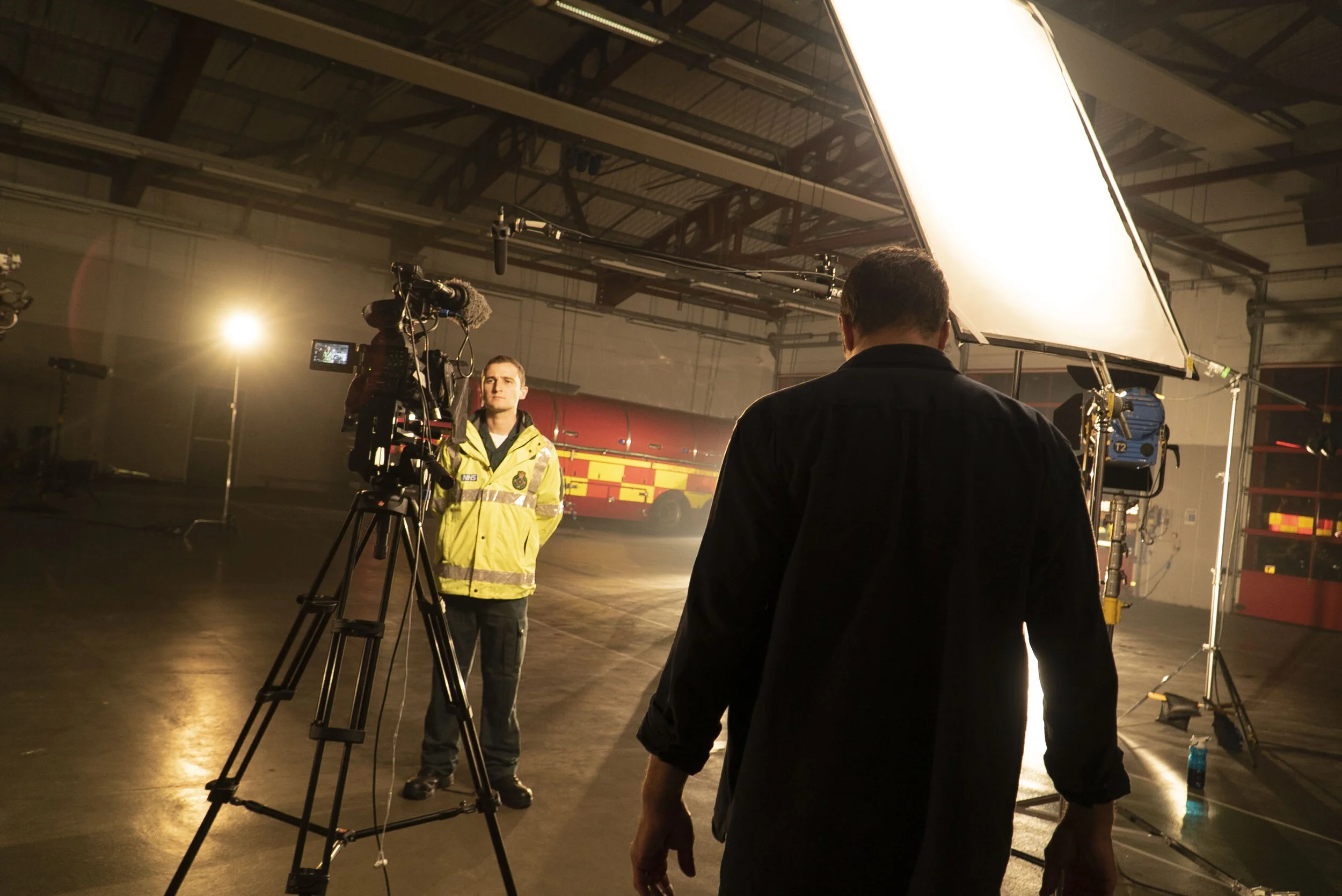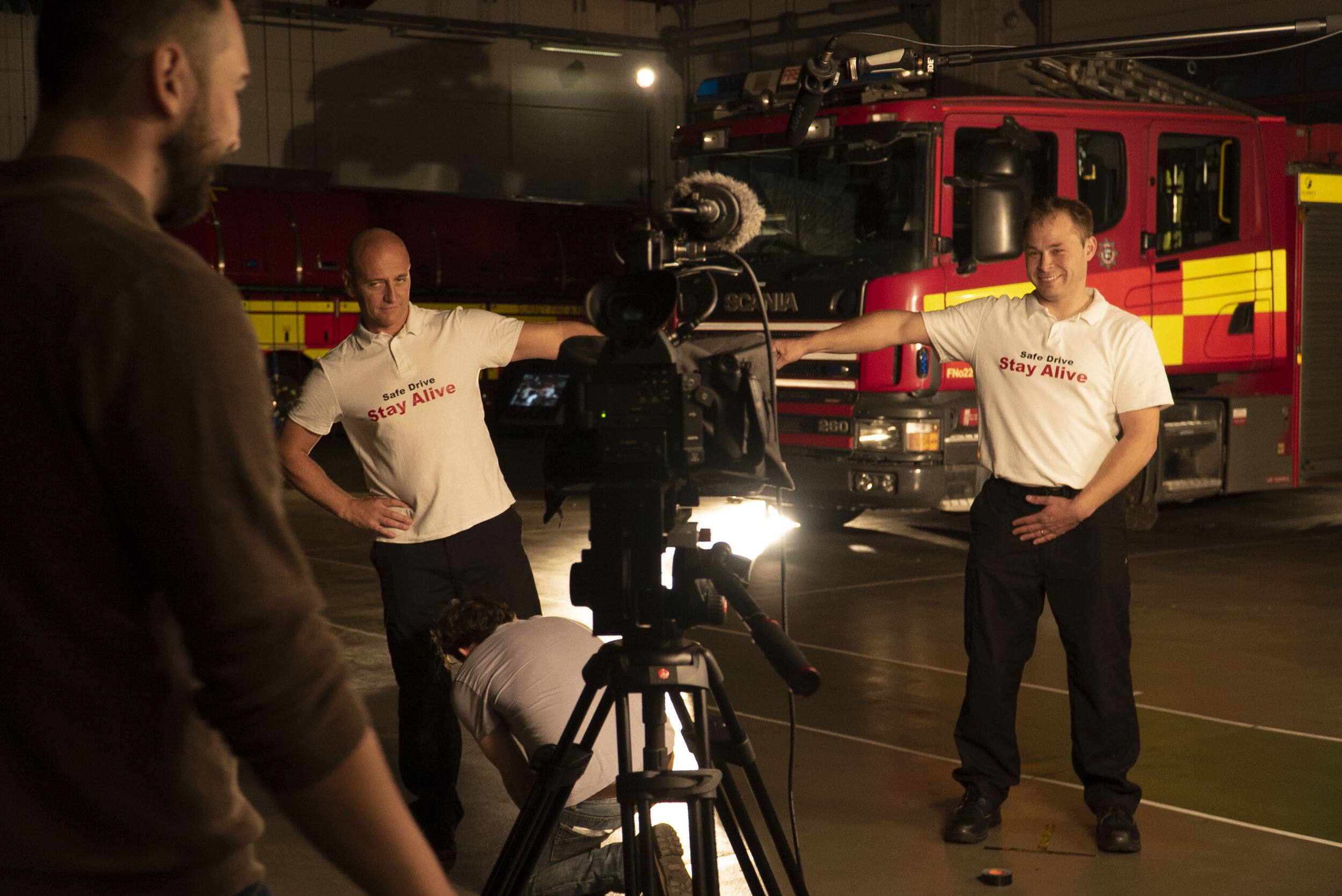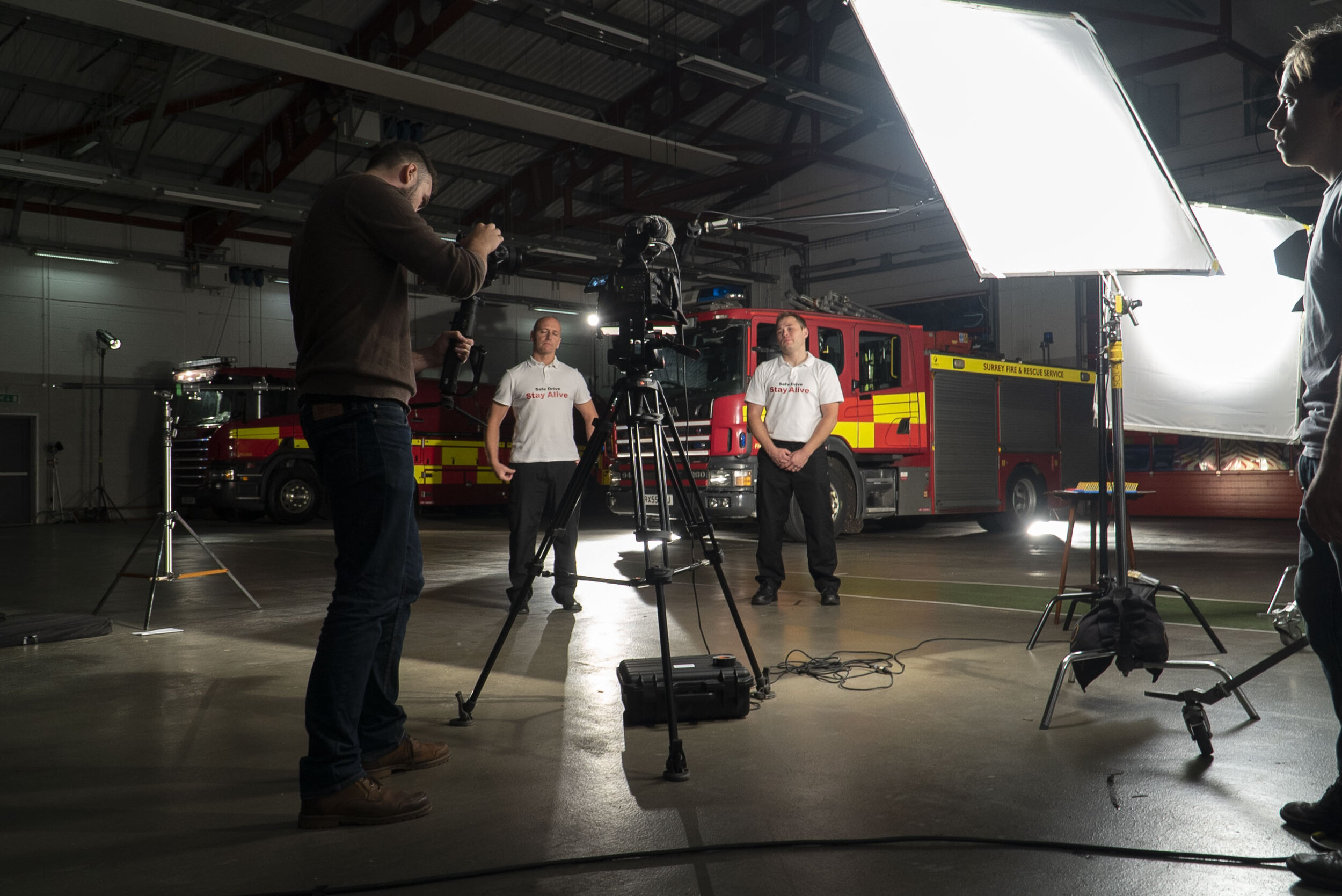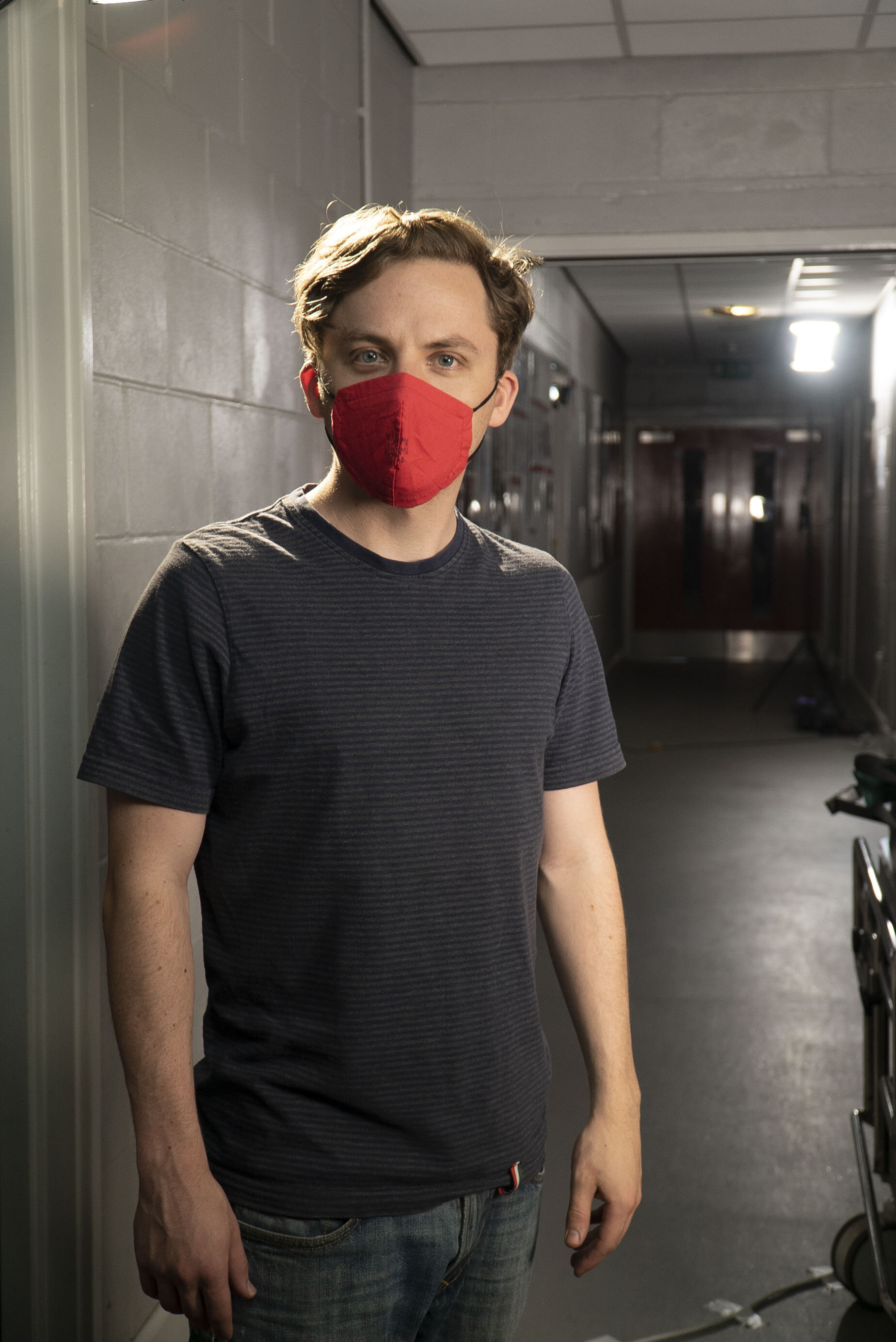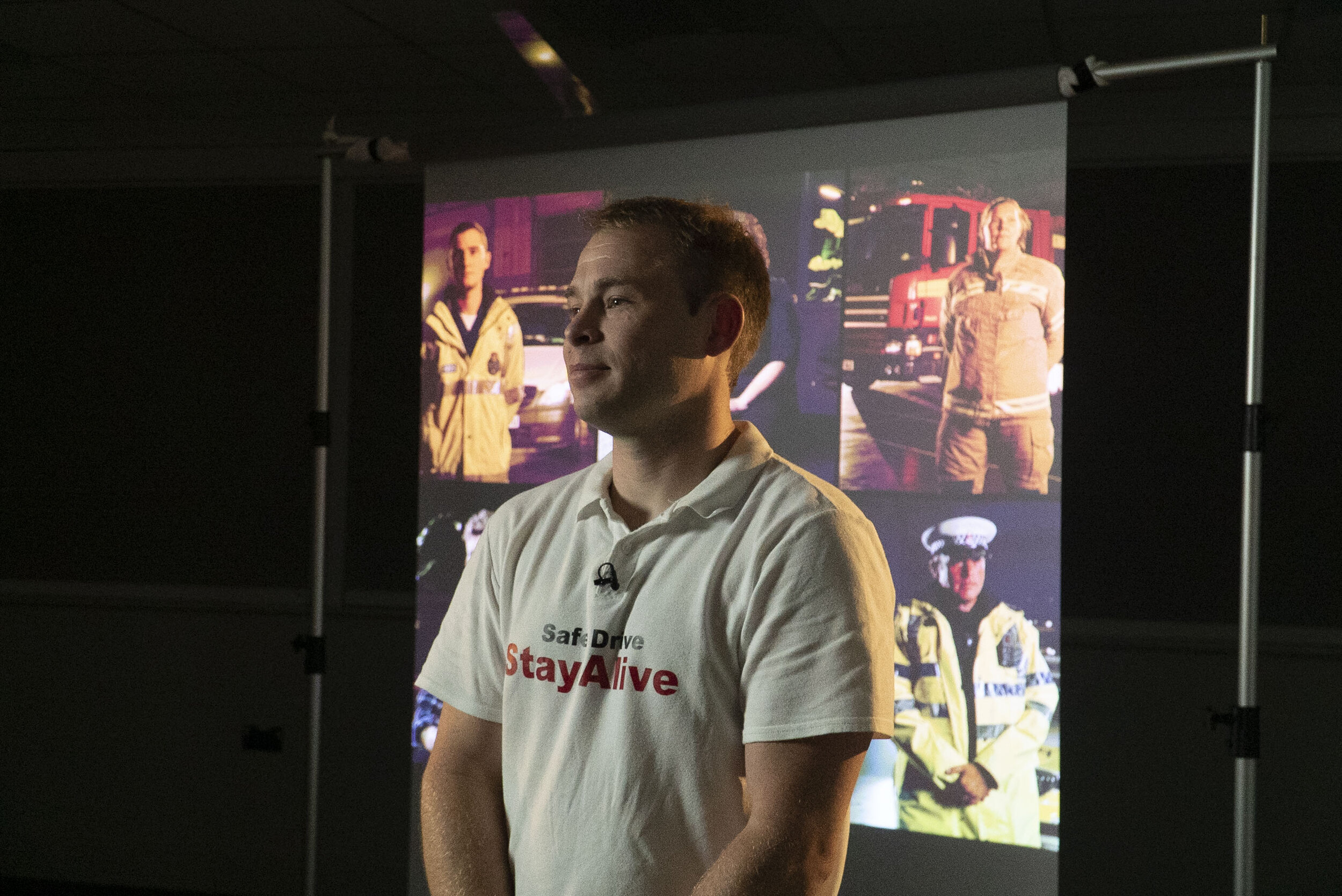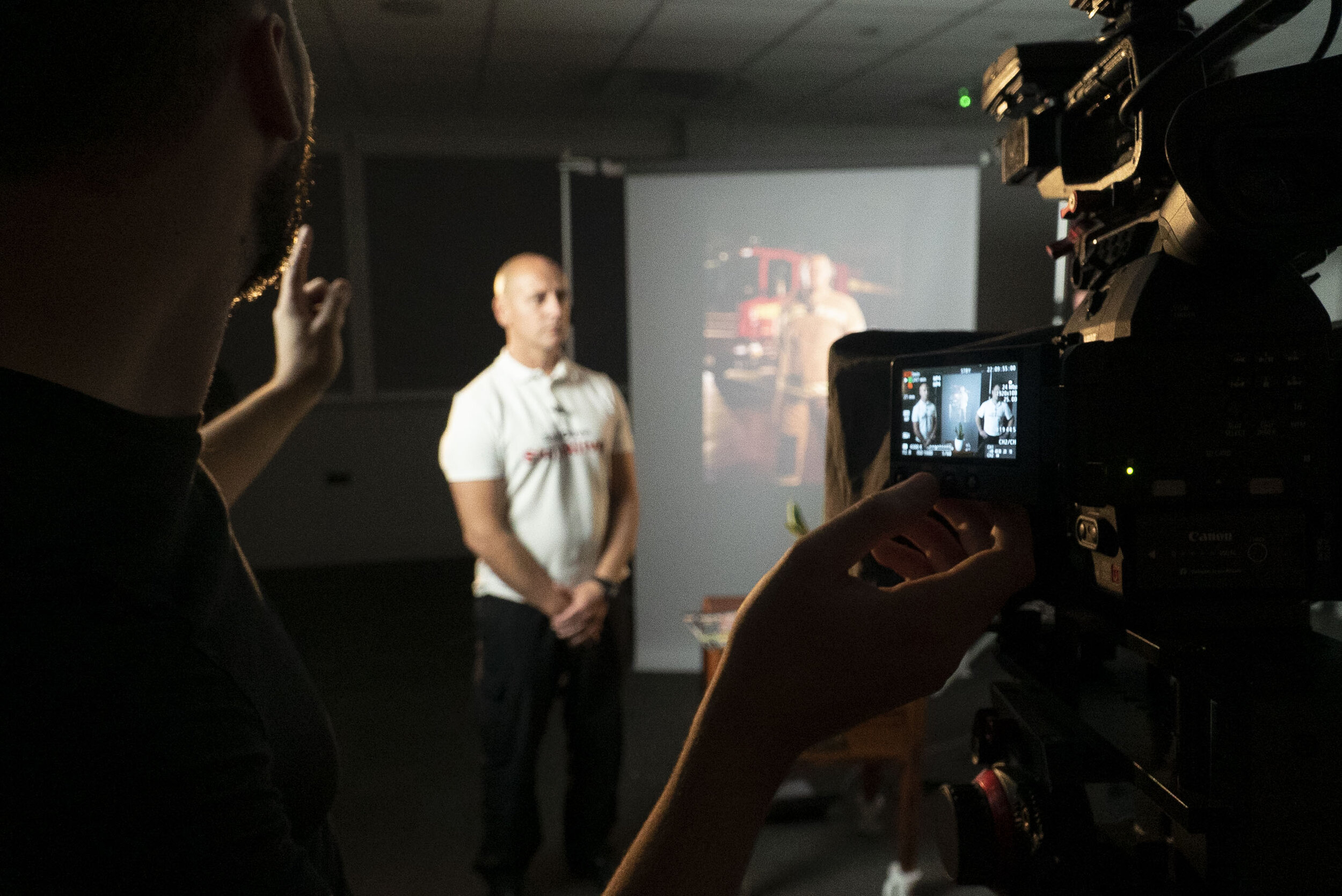From the moment first lockdown was announced at the end of March, it was pretty evident that running Safe Drive Stay Alive (or similar) events in 2020 would be at best a challenge and at worst, completely impossible. Even with students set to return to schools and colleges in September, the risk of localised lockdowns and the need for social distancing made SDSA in its usual format unviable.
Fortunately, many road safety teams decided relatively early on that the momentum of their SDSA performances was too valuable to risk by ‘skipping a year’, particularly at a time when young people were more at risk of being killed or injured on the roads, than from COVID. With schools and colleges well-versed in video-based education, it seemed entirely logical that SDSA should be delivered using film this year.
But whilst film is undoubtedly the logical solution, the process of planning, filming, editing and deploying film presented several creative and logistical challenges. For example, the atmosphere created by a theatre environment which makes SDSA so successful does not necessarily translate directly into film. And whilst schools may have been happy to send students off on coaches for half a day in the past, would they now be willing to give even a couple of hours given current circumstances?
Despite the challenges, there were many clear benefits to moving SDSA online in 2020, such as:
Certainty
Plans for SDSA could be made with confidence that whatever the extent of social distancing in-place at the time, the online event can still function, even if students have to access from home using their own devices.
Consistency
Running SDSA in 2020 ensures no young drivers get missed and there is a continuation of the great relationships with schools, colleges and stakeholders that have existed for such a long period.
Innovation
The style of SDSA lends itself to film, and the audience is very tech-savvy. Given the imminent research project on SDSA style events, this innovative solution to a temporary problem may yield data that could benefit the wider working group.
Measurability
Streaming offers a whole variety of metrics that could gauge success - particularly when being watched directly by students on their own devices.
Cost-effectiveness
The event could be run at a similar, or lower cost than usual. Savings might allow for additional follow-up work in schools/colleges or some evaluation on the effectiveness of this approach vs the standard format.
Re-watch/shareability
Links can be made available for the audience to re-watch later, or share with their friends and family. Again, all metrics around sharing and re-watching can be tracked.
Producing SDSA Surrey ‘20
FirstCar worked with the team at Surrey Fire & Rescue Service to produce a socially-distanced film version of their long-established and well-respected SDSA performance. It took around three months of planning, filming and editing. During this time, we had to overcome various challenges, which we wanted to share with others who may have experienced similar in the production of their own SDSA online performances.
Challenge: Linking the speakers
In a theatre environment, speakers are often linked together by a film that shows the lead-up to a young driver collision and then the aftermath. However, we felt that the change of pace this offers in a theatre setting might not translate online, where effectively everything is a film. Also, we thought that the chances of successful deployment were higher if schools were not required to log-in to a Teams or Zoom session to watch the film. In this case, the introductions and housekeeping would need to be a part of the film itself so that it could be streamed directly from YouTube, in the highest resolution.
Solution: We decided to make a statement to viewers very early on in the film, that due to COVID, SDSA was being shot live at Guildford Fire Station. This understanding with the viewers provided a more flexible backdrop and allowed us to use our two compères (Brad and Andy) more effectively. Between each speaker, the audience saw them ‘behind the scenes’ reinforcing the key messages of the speaker before and making a link to the next speaker.
45 seconds of unedited BTS footage showing a couple of sets from the shoot.
Challenge: Translating live theatre to film
Whilst daunting for the speakers, the stage is a relatively forgiving environment, and the atmosphere created by theatres and auditoriums often lead to the displays of emotion that we tend to see from SDSA audiences. Unfortunately, film is much less forgiving, as too are the viewers. Just because the audience might be mandated to watch the production, doesn’t mean we will be able to hold their interest or inspire the social norms and behavioural changes required to keep them safe.
Solution: Knowing the emotional value of SDSA isn’t going to be the same as in theatres, we advised speakers to revise their scripts and focus on things like facts. For example, the mistakes, the errors of judgement, the passengers who didn’t speak up etc., i.e. pieces of practical wisdom and advice that the audience might remember. Without high budget production, musical scoring etc., the audience is unlikely to get overly emotional. But what young people are used to doing is watching YouTube (and similar) for practical advice and entertainment. We decided this was our best chance to influence behaviour using film.
James and his team at First Car were a pleasure to work with at every stage of this project; from the initial ideas and planning, to the on-site planning visits and the two long days of filming, through to the post shoot editing. Combining inventiveness, flexibility, technical and road safety industry know how, along with a lot of hard work, James and his team have helped Surrey Fire & Rescue Service and partners, through the production of the new online format, to continue to deliver SDSA, and its vital road safety messages, to thousands more young people in Surrey.
Mark Taylor, Surrey Fire and Rescue Service
Challenge: Maintaining the quality
Young people are very savvy about technology and particularly, film. They are used to seeing high-budget special effects, acting and scripting from the likes of Netflix and Hollywood every single day. The production value of the Surrey SDSA theatre performance is extremely high and it was imperative that this be maintained, even with cast and crew having to keep two meters apart!
Solution: There are a few simple wins when it comes to producing a high-quality film, such as shooting at 4K, investing in stand-out lighting and ensuring the highest quality of audio. In post-production, it always pays to spend time on the musical scoring, colour grading and on-screen graphics. Beyond these staples, it comes down to storyboarding, scripting and effective planning. One of the things we wanted to avoid was lots of cuts in the pieces to camera - they work well for YouTube vloggers because the style is very informal. Still, when trying to hold attention and build emotion, jump cuts run the risk of making the production look amateur. Asking speakers to talk into a camera for their whole piece without making a mistake is a big request, so we decided to use an AutoCue system. This is very normal in the production work we do, and it made a massive difference on the day. Most speakers still needed a few takes, but with time at a premium, this piece of equipment helped us keep to schedule and made sure the speakers could focus on their delivery without having to remember lines.
We know SDSA was streamed online in many different regions this year, which is testament to innovation, resilience and grit of those road safety professionals involved. The outstanding support provided by Surrey Fire & Rescue Service really helped bring this production to life. Being able to use facilities like the fire station to film made life a lot easier and all the presenters and speakers were really passionate about SDSA, which comes through in this production.
It’s beyond my remit to suggest any future for SDSA online performances when business as normal resumes (hopefully) next year, but I hope we’ve proven that film can be a versatile and effective medium for delivering road safety education under pressure. I’ve only given a brief insight into this production above, which will make the most sense to those who have seen it. But if you would like more information or to discuss any elements in more detail, please do get in touch with us.
James Evans
09-12-2020

